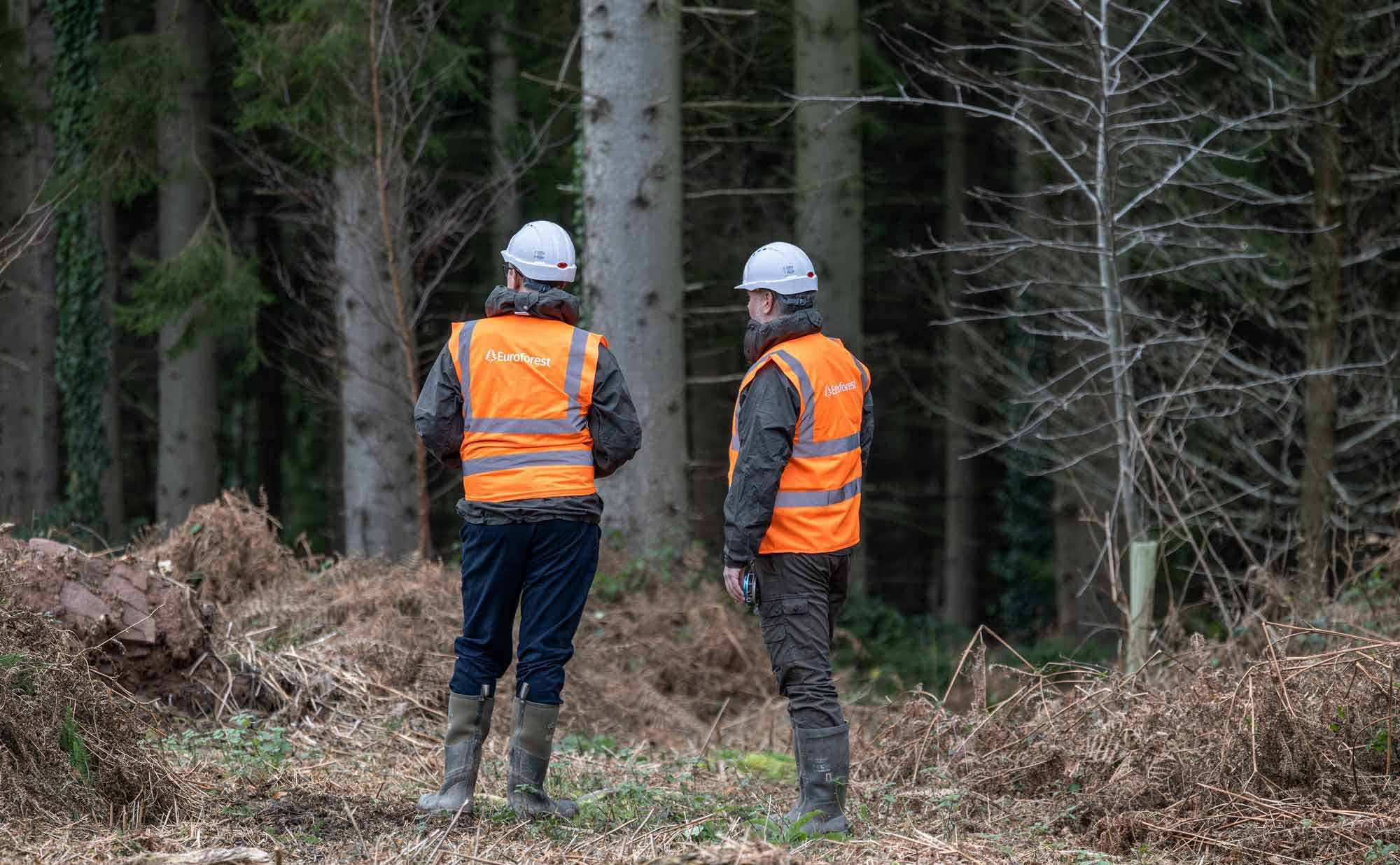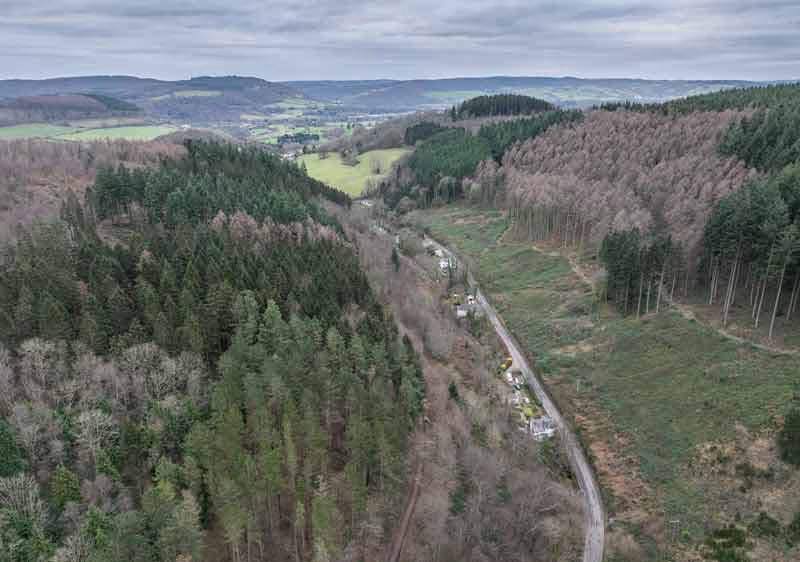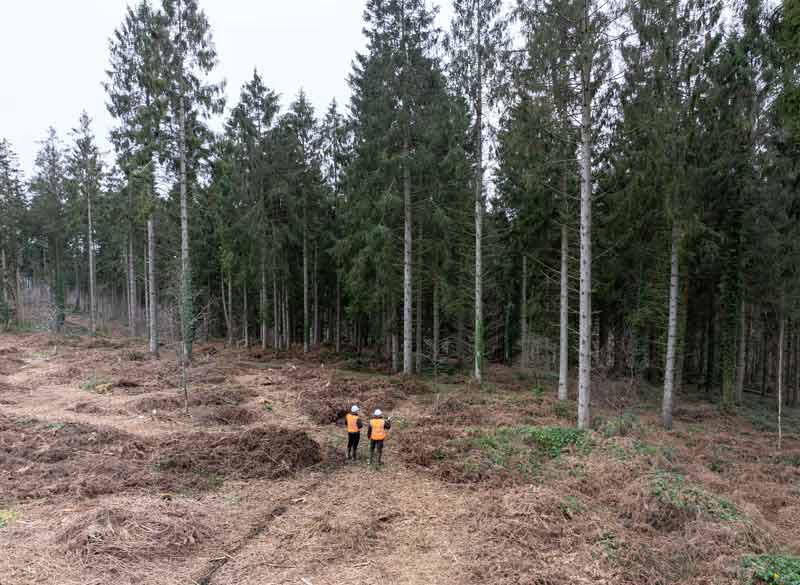With over 35 years of experience, Euroforest provides tailored guidance to help you balance ecological care, financial returns, and regulatory requirements. Our expert forest managers develop sustainable strategies that enhance biodiversity while optimising value, ensuring your woodland thrives for generations.
Our expertise spans several key areas:
Strategic & Financial Planning
- Strategic& Financial Planning: Clear budgets and forecasts to maximise returns.
- Tax-Efficient Investment Advice: Structuring woodland assets for sustainable growth.
- Regulatory Compliance: Navigating forestry regulations and grant opportunities.
- Silvicultural Planning: Applying best-practice management systems.
- Timber Forecasting: Predicting yields and market trends to guide harvesting.
Establishment & Growth
- Site Planning: Advising on the best tree species for each site considering the growing conditions, economic returns, and environmental resilience.
- Young Crop Establishment & Maintenance: Ensuring newly planted trees thrive through appropriate planning, correct planting techniques and regular maintenance.
Timber & Asset Management
- Timber Marketing & Harvesting Optimisation: Developing strategic harvesting plans to maximise timber revenue while maintaining sustainable growth.
- Capital Improvements: Enhancing woodland value through investment advice in access and road construction.
- Maintenance: Managing the upkeep of essential forest assets such as access roads, bridges, boundaries, fences, and internal drainage.
Environmental Stewardship
- Ecological Enhancements for Biodiversity: Implementing sustainable forestry practices to support wildlife habitats and improve forest health.
- Habitat Management for Game & Wildlife: Designing, improving, maintaining and controlling wildlife for game and sporting requirements.
- Pest & Disease Control: Monitoring and mitigating risks associated with Deer and Squirrel. Being aware and vigilant of forest pests and diseases to ensure long-term woodland health.
Certification
Forest certification provides independent assurance of responsible forest management. Certification is an ongoing commitment, requiring adherence to the UKWAS standard and regular audits. Euroforest currently manages over one-third of our portfolio as certified forests.
Certified timber benefits from:
- UKWAS Certification Support for Sustainable Forestry: Assisting woodland owners in meeting UK Woodland Assurance Standard (UKWAS) requirements to gain certification and access premium timber markets.
- Community & Environmental Responsibility: Promoting responsible forest management that aligns with environmental sustainability goals and community objectives.
Your Vision, Our Planning
By aligning interventions with growth cycles, market trends, and evolving objectives, we ensure a thriving, valuable woodland. Our expert managers provide continuous support, from financial planning to operational strategies, helping you navigate decisions with confidence.
Let’s grow together, contact us today to maximise your woodland’s potential.
Explore our project spotlights to see our expertise in action

.svg)

.svg)


